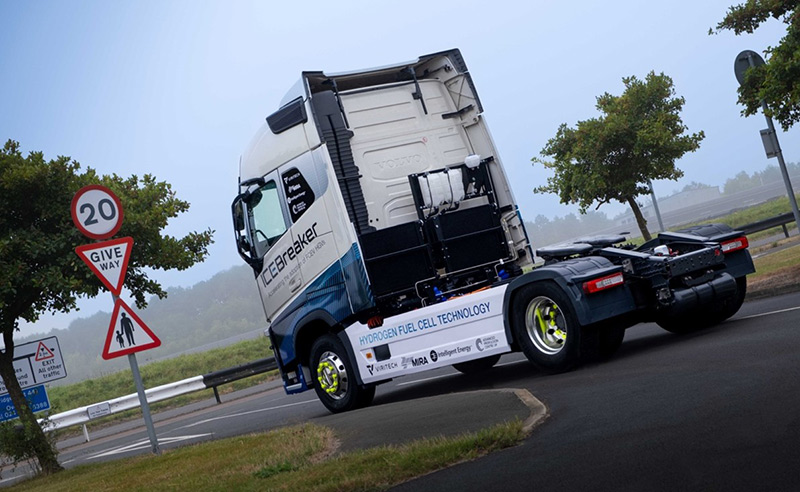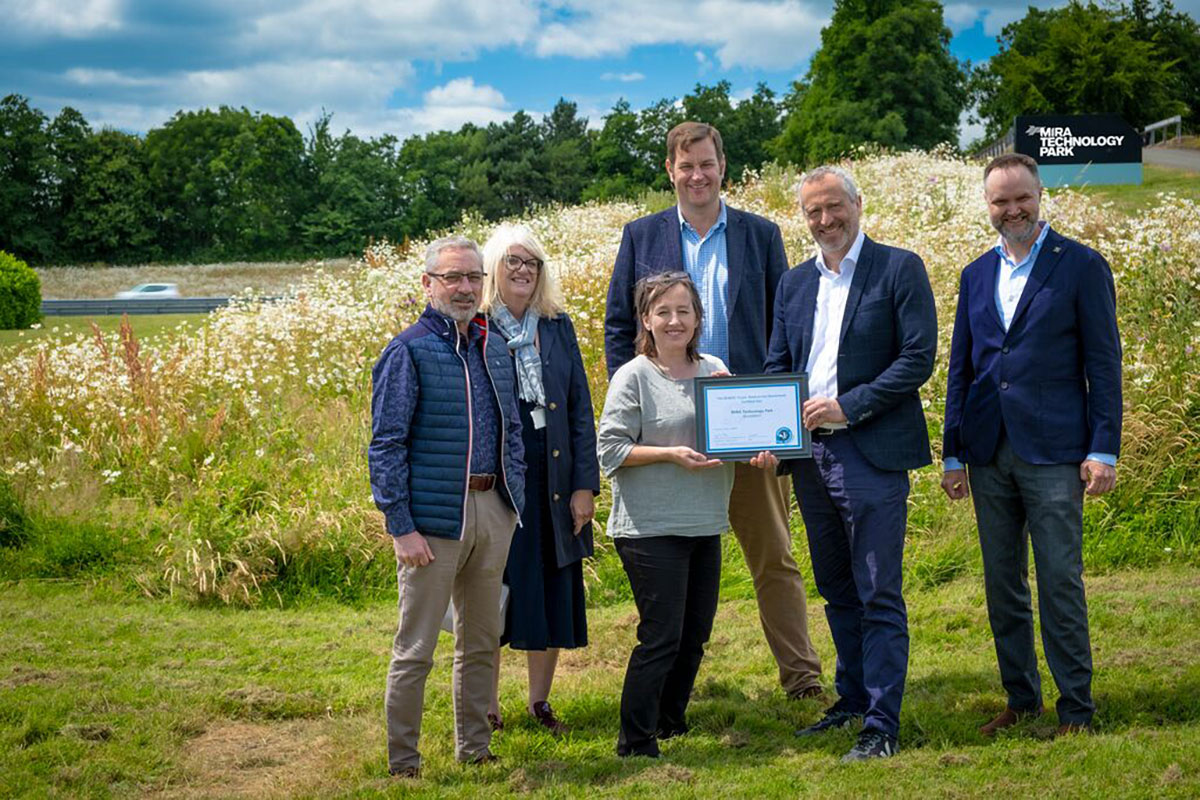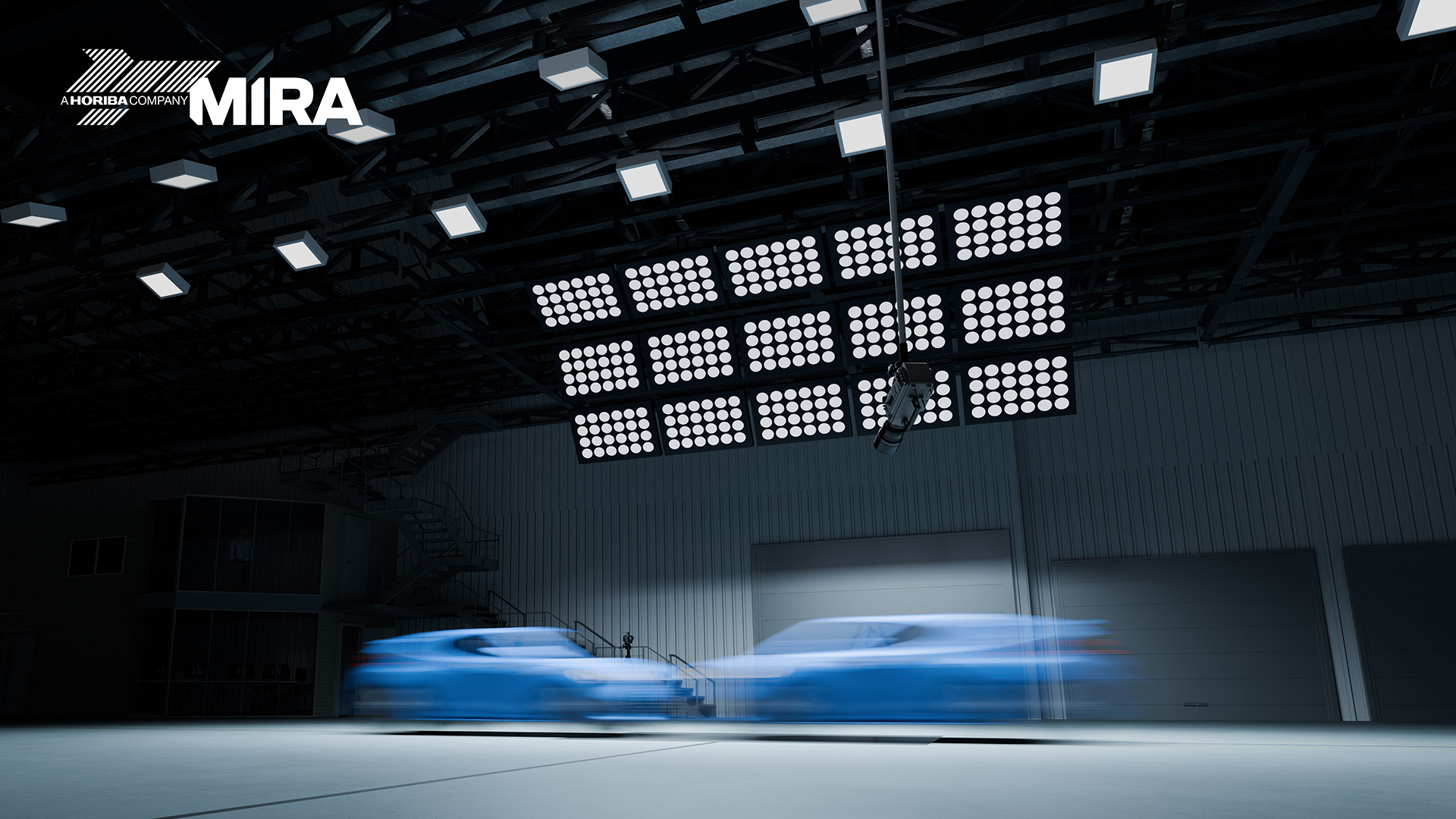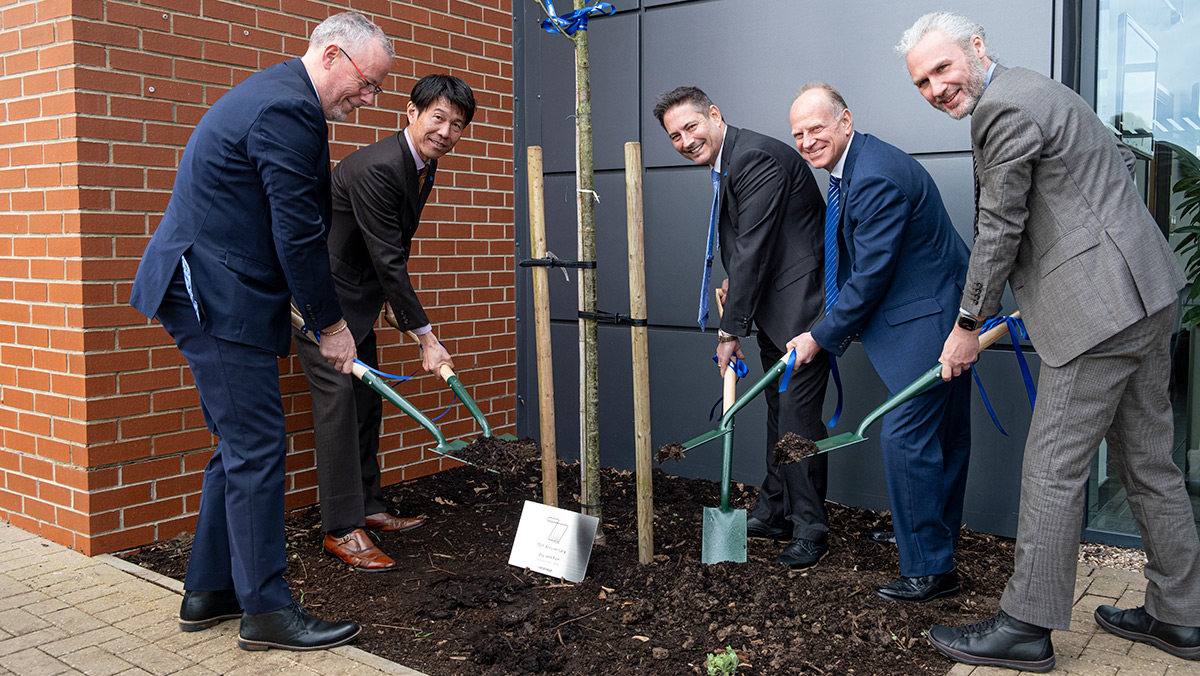HORIBA MIRA Showcases Autonomous Unmanned JCB Compact Track Loader at DSEI 2017
HORIBA MIRA – a world-leader in advanced engineering, research and product testing – will be showcasing its autonomous unmanned JCB Compact Track Loader on stand N8-340 at DSEI, a major Defence exhibition at London’s EXCEL centre from the 12th September.
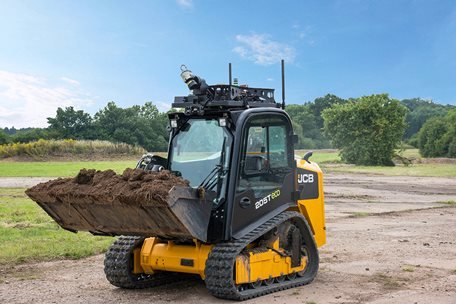
Designed to conduct engineering tasks that are considered too dangerous for an operator, the autonomous unmanned Track Loader has a number of modes of operation including manual, remote control, teleoperation and fully autonomous operation.
- Manual operation allows a driver to drive and operate the Track Loader normally when tasks are considered safe.
- Remote control or teleoperation allows a driver to operate the Track Loader across a communications link from a safe location. All of the controls for driving and operating the machine and tools are replicated at a base station.
- Fully autonomous operation allows the driver to set a task for the Track Loader such as moving material. The Track Loader will complete the task without any further intervention from the operator.
The Track Loader development was delivered in partnership with JCB and was supported by Innovate UK as part of the Intelligent Autonomous Digital Construction Machines programme. HORIBA MIRA integrated its latest version of the Modular Autonomous Control System (MACE) to the roof of a drive by wire JCB 205T Track Loader. Use of a modular rack mounting enables the system to be easily moved on to other vehicles with little preparation. The third generation MACE system is HORIBA MIRA’s latest unmanned ground vehicle control system which continues to benefit from further testing and investments improving functionality and reliability.
Designed for both civil and defence use, the Autonomous Unmanned Track Loader can complete a number of different engineering tasks, many of which have been identified by the British Army in their Remote and Autonomous Systems (RAS) programme. Specifically the Track Loader is capable of unmanned support to combat engineering and manoeuvre as well as infrastructure build.
Andy Maloney, Chief Engineer for Defence Solutions at HORIBA MIRA, said:
“The requirements put on autonomous machines by the construction industry are, in a number of scenarios, very similar to those that military engineers face. This covers both the tasks themselves and the demanding environmental conditions the systems must operate in.
“Combining JCB’s expertise in machine development with HORIBA MIRA’s extensive background in autonomous vehicle technologies has enabled the development of an engineering support vehicle to meet the unique and specific demands of the defence environment.”
HORIBA MIRA’s MACE is also fitted to a number of other platforms including PANAMA, the British Army’s current IED Detect system, a part of the Route Proving and Clearance capability, as well as their new small UGV designed for Hazardous Scene Assessments.


